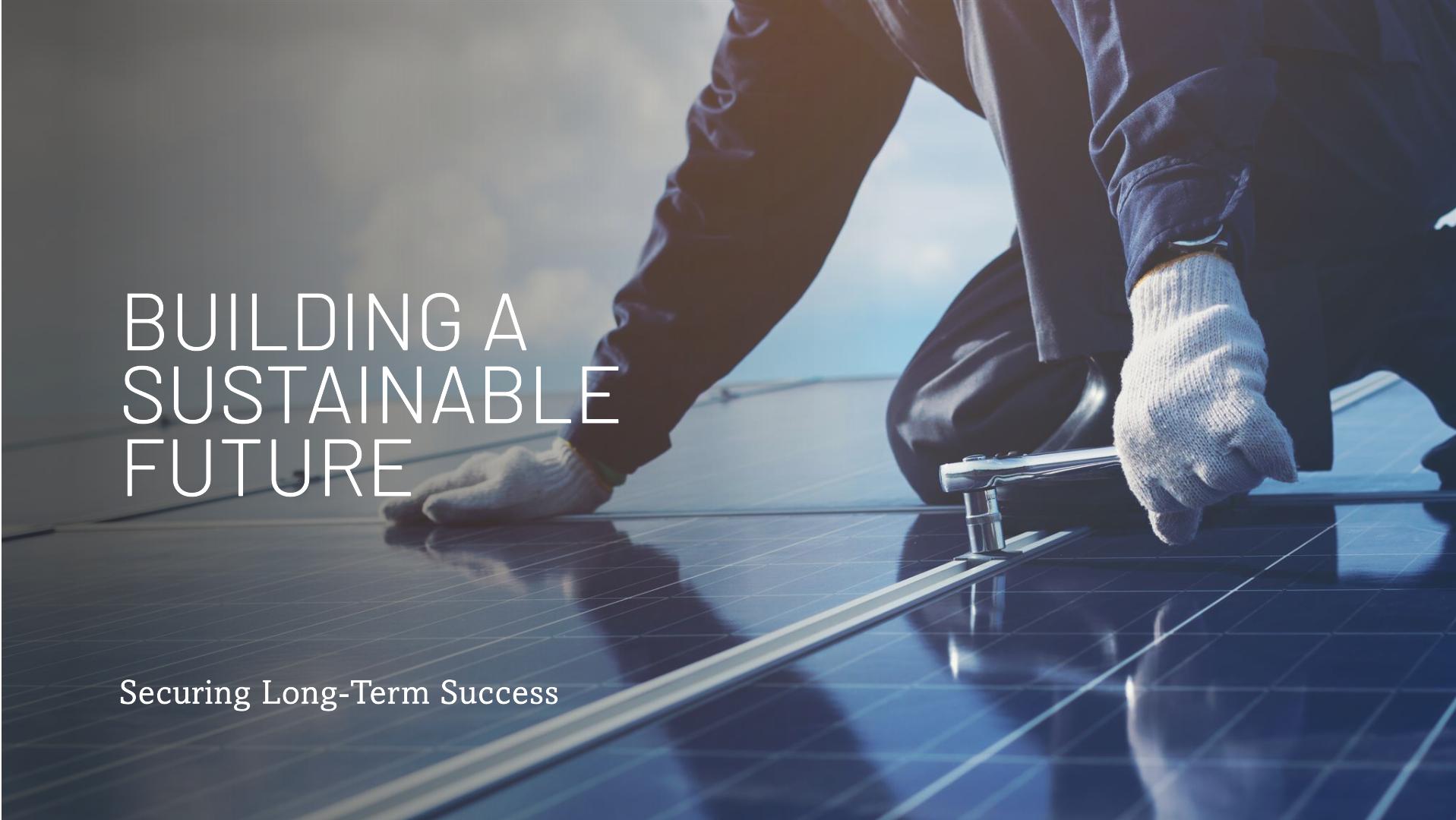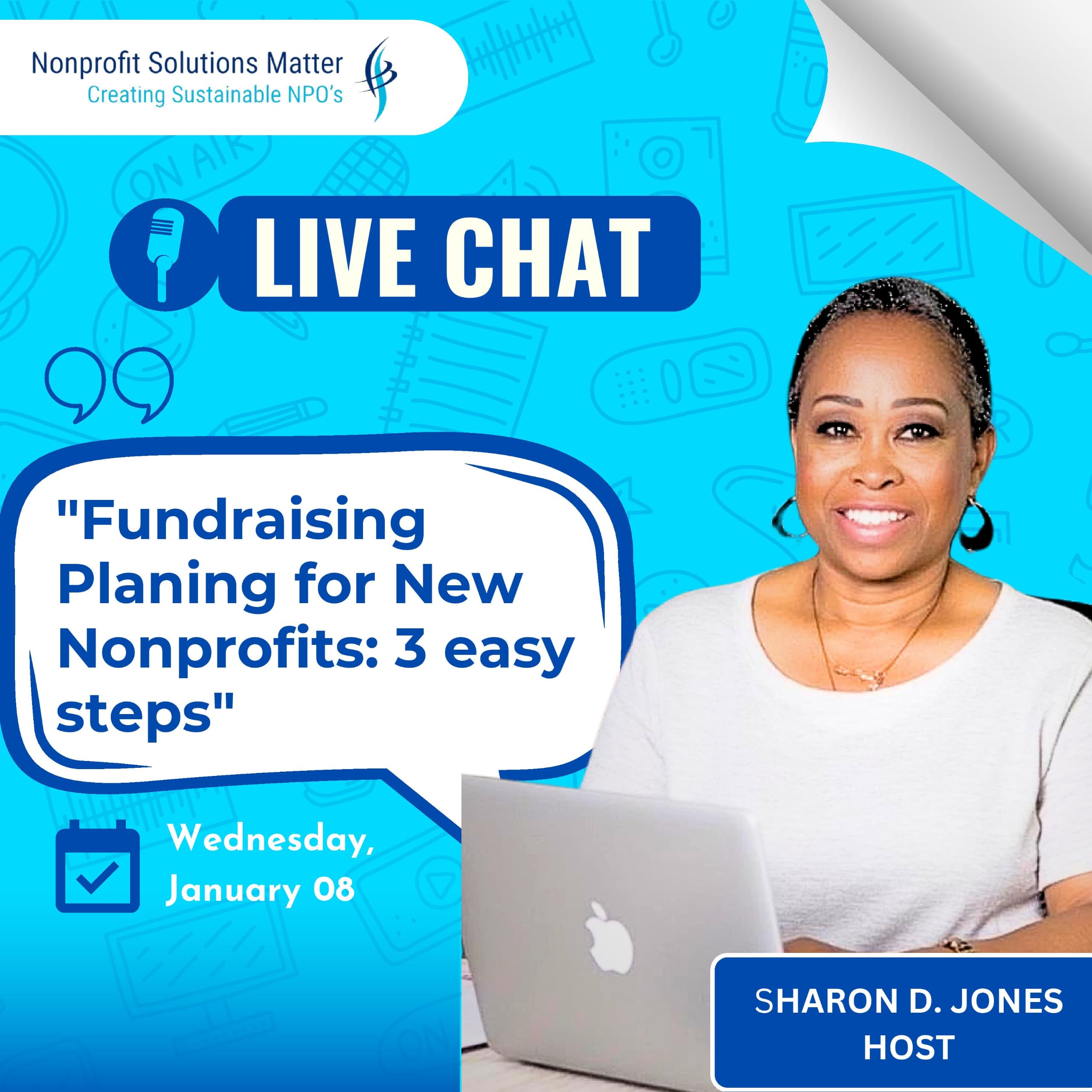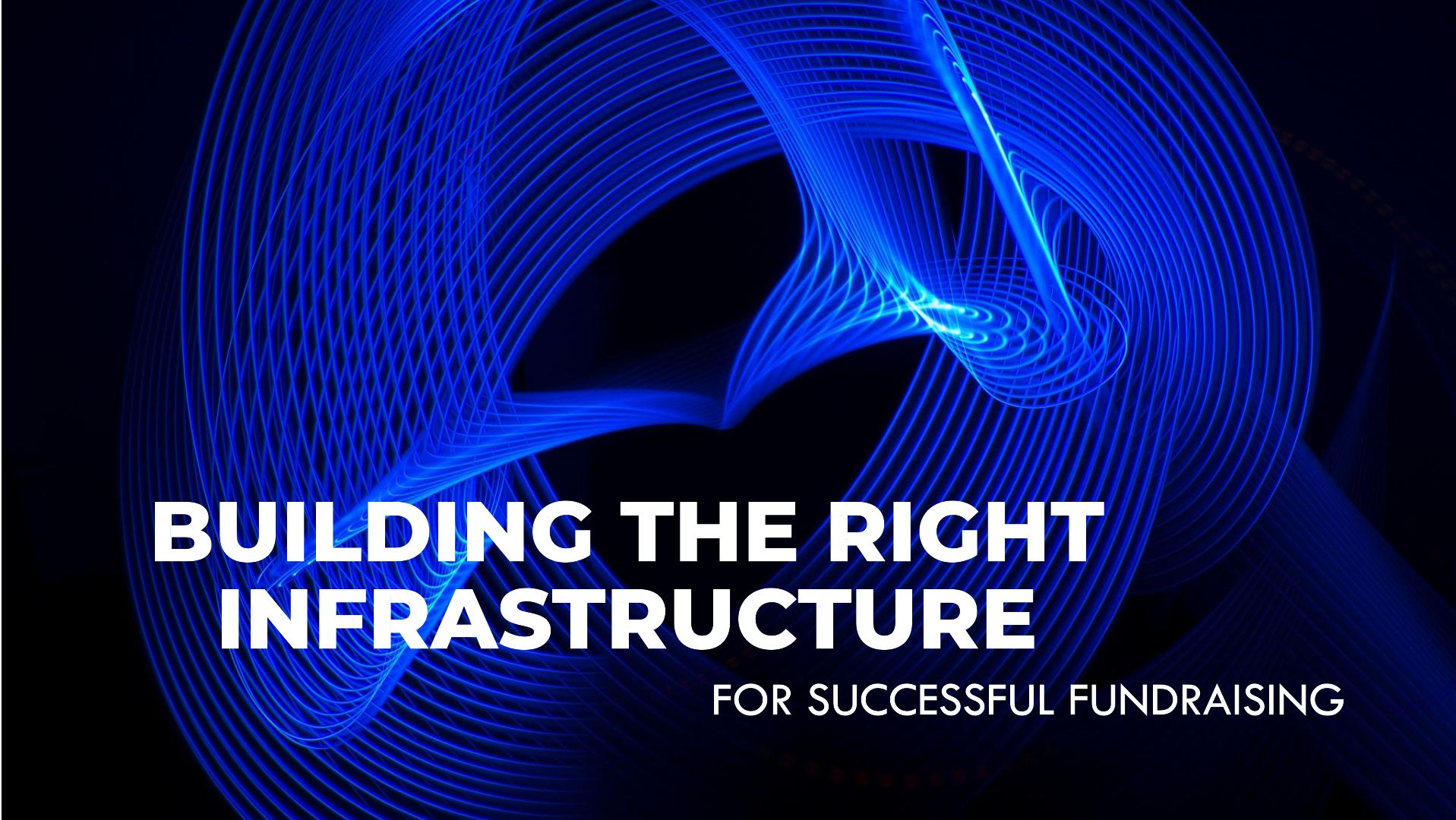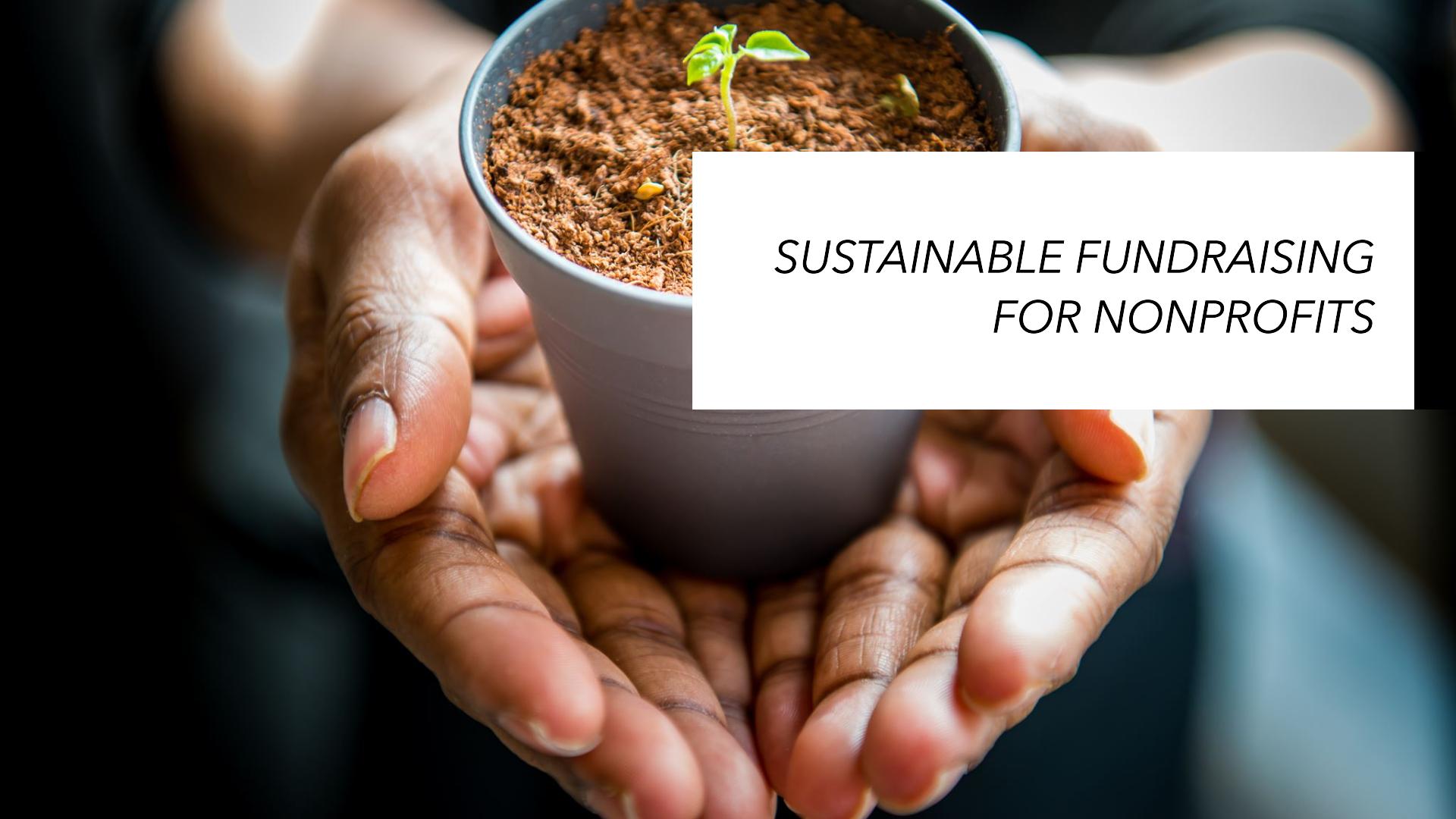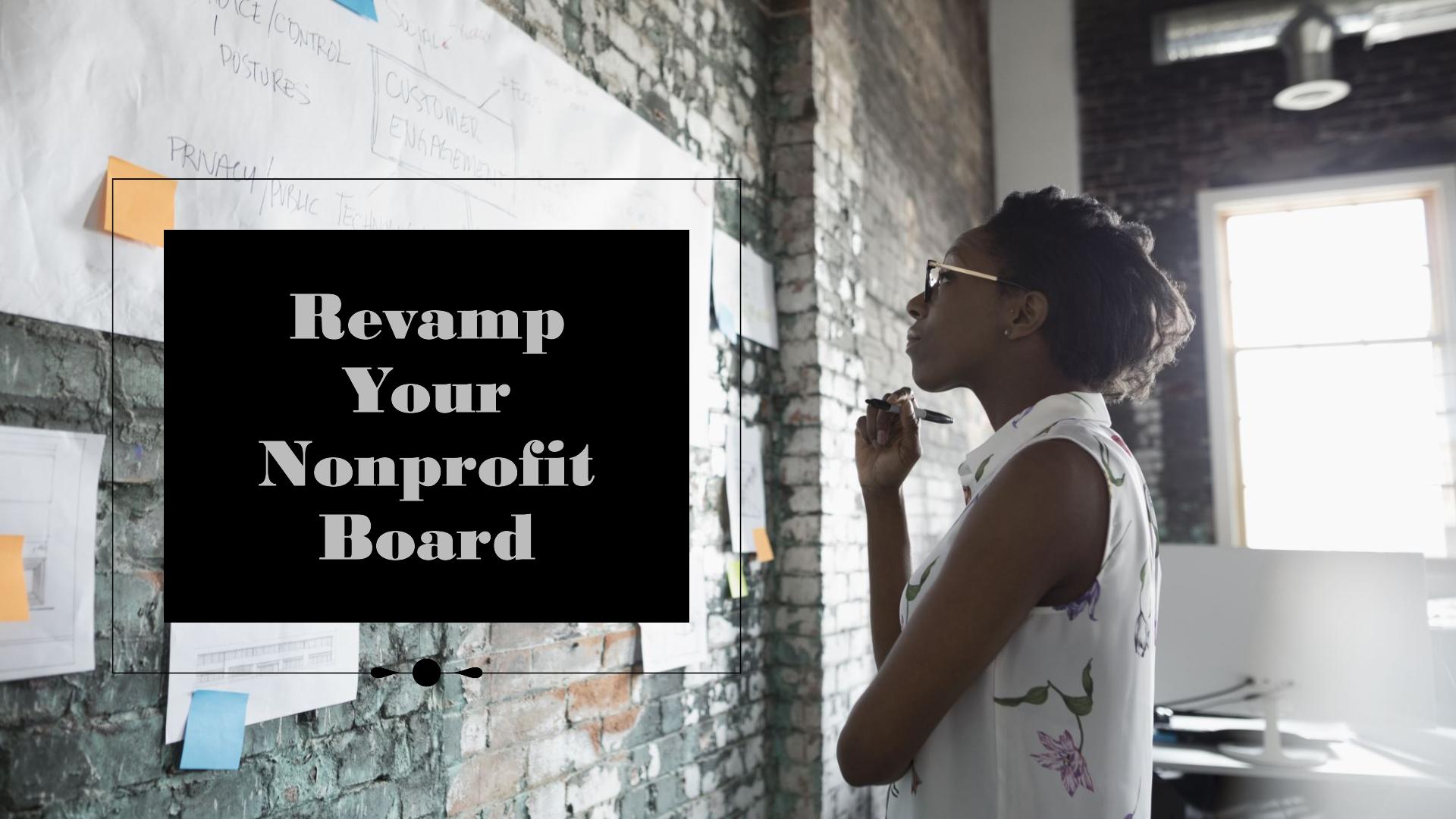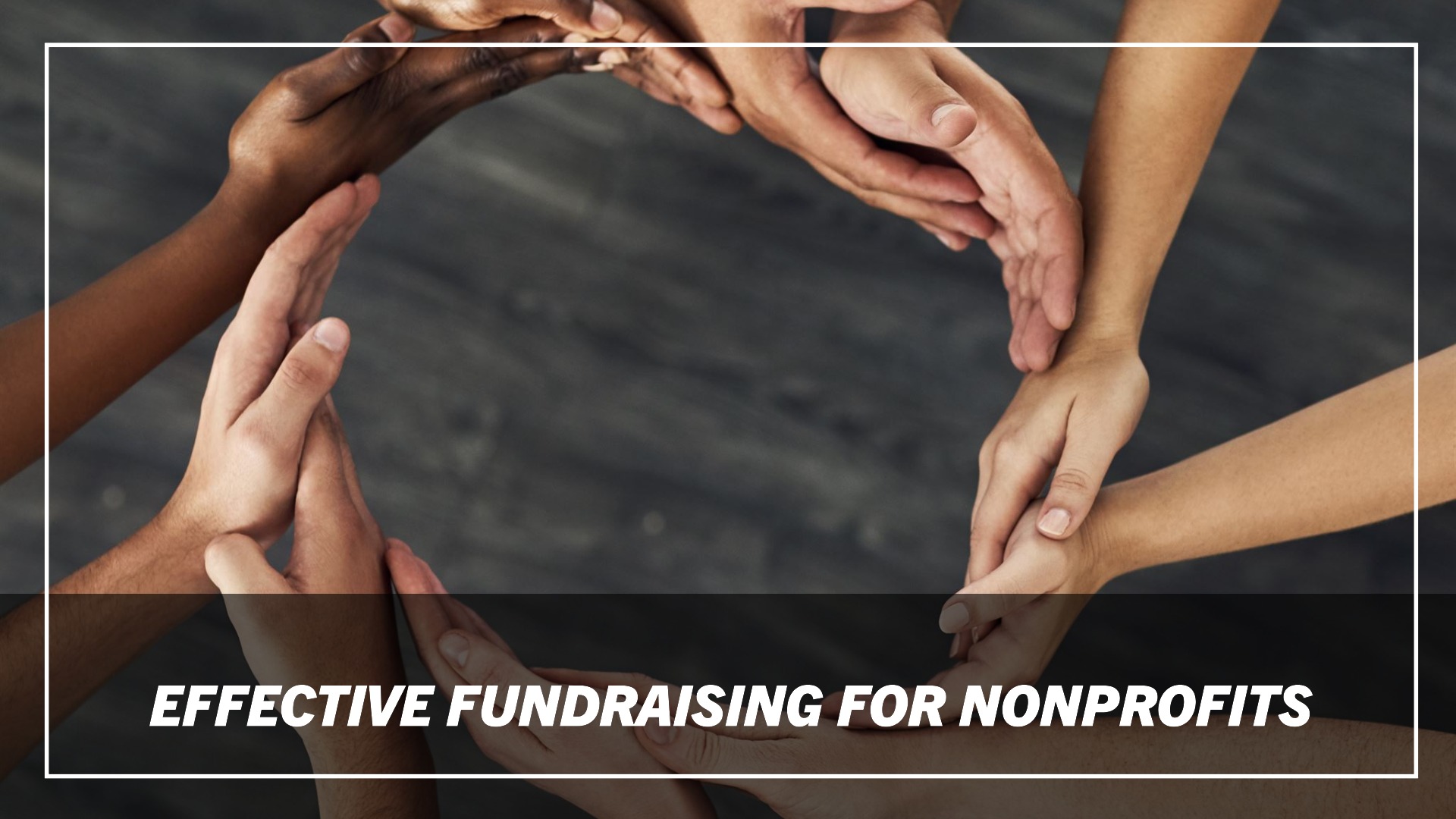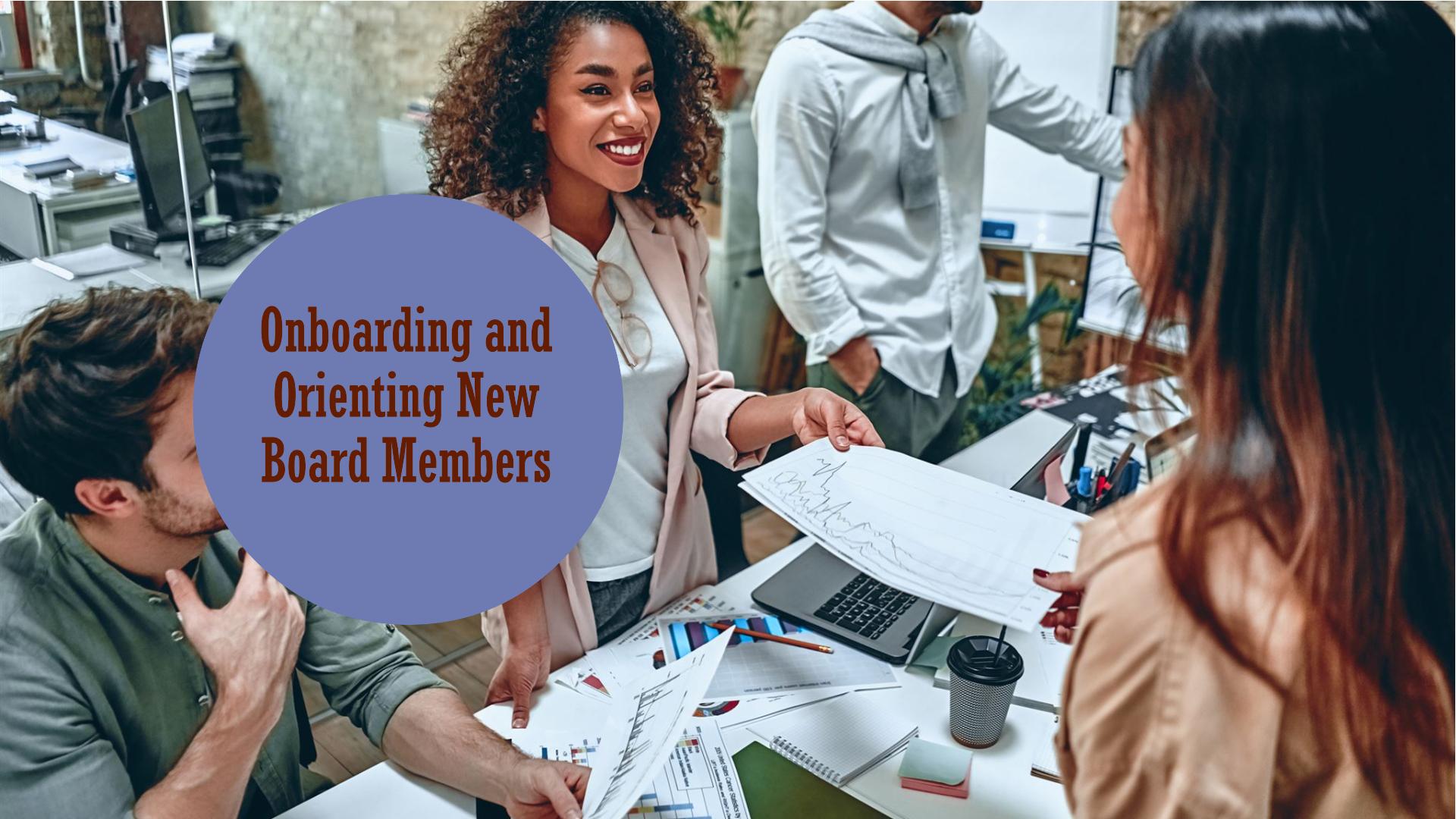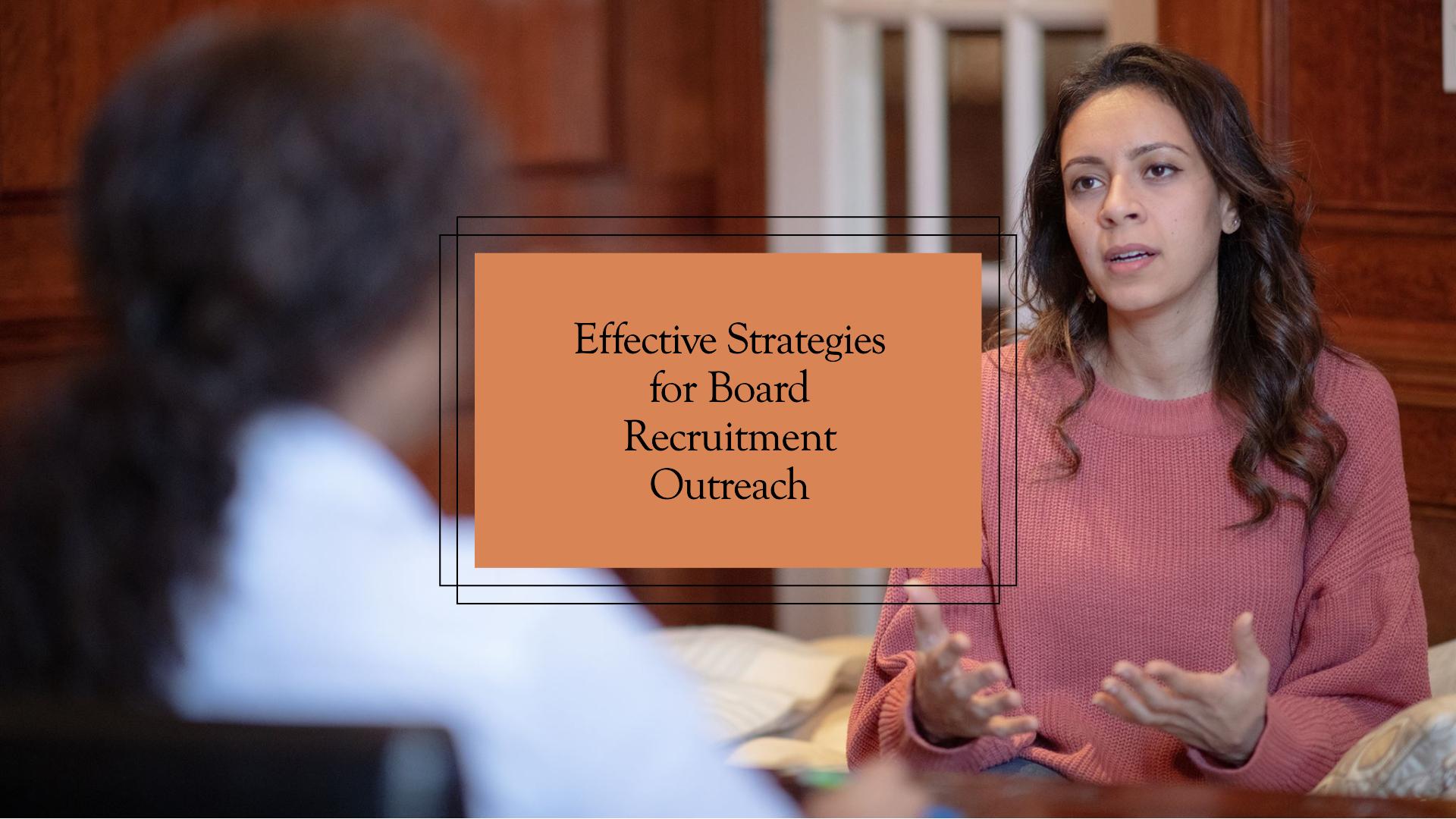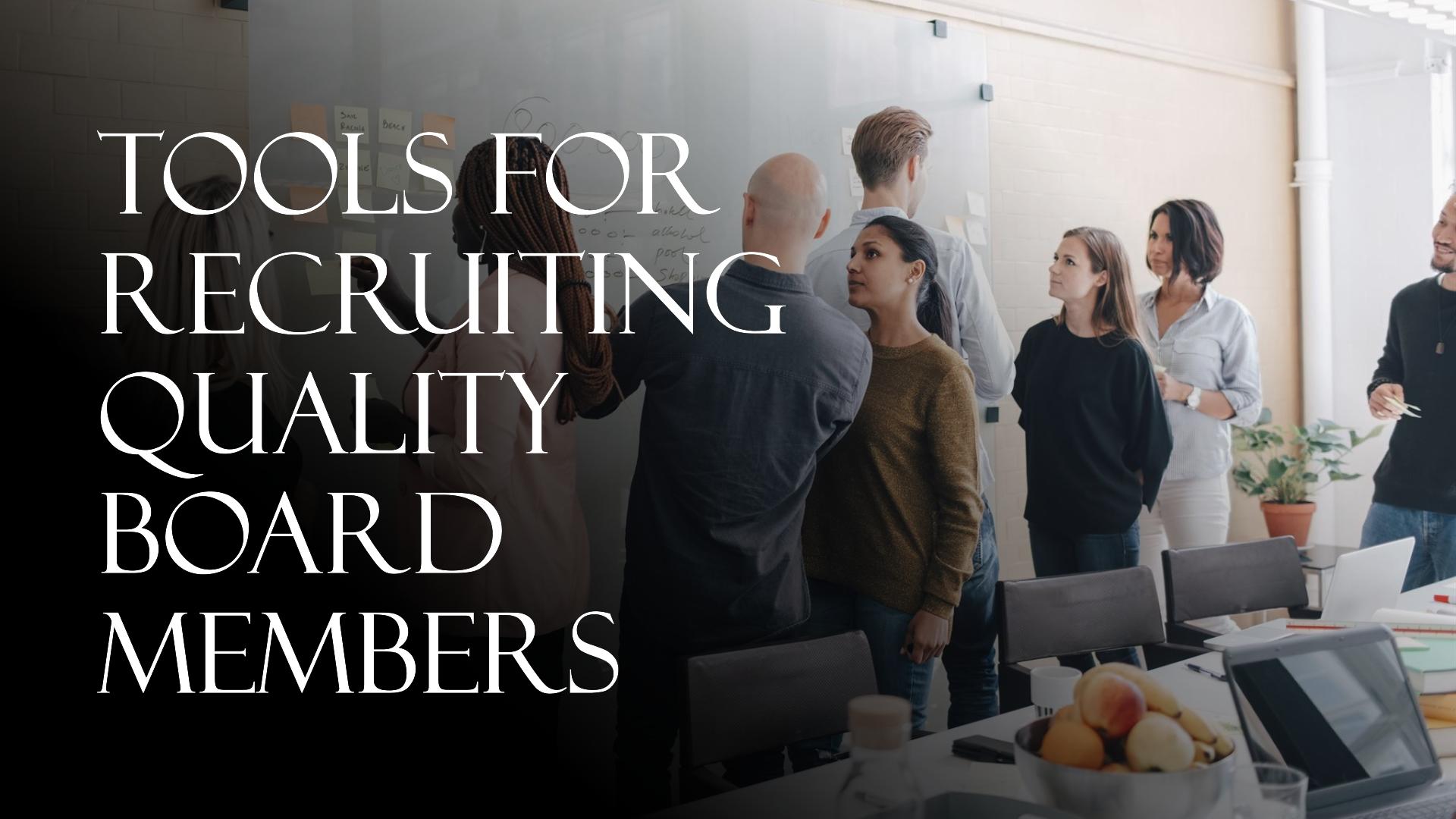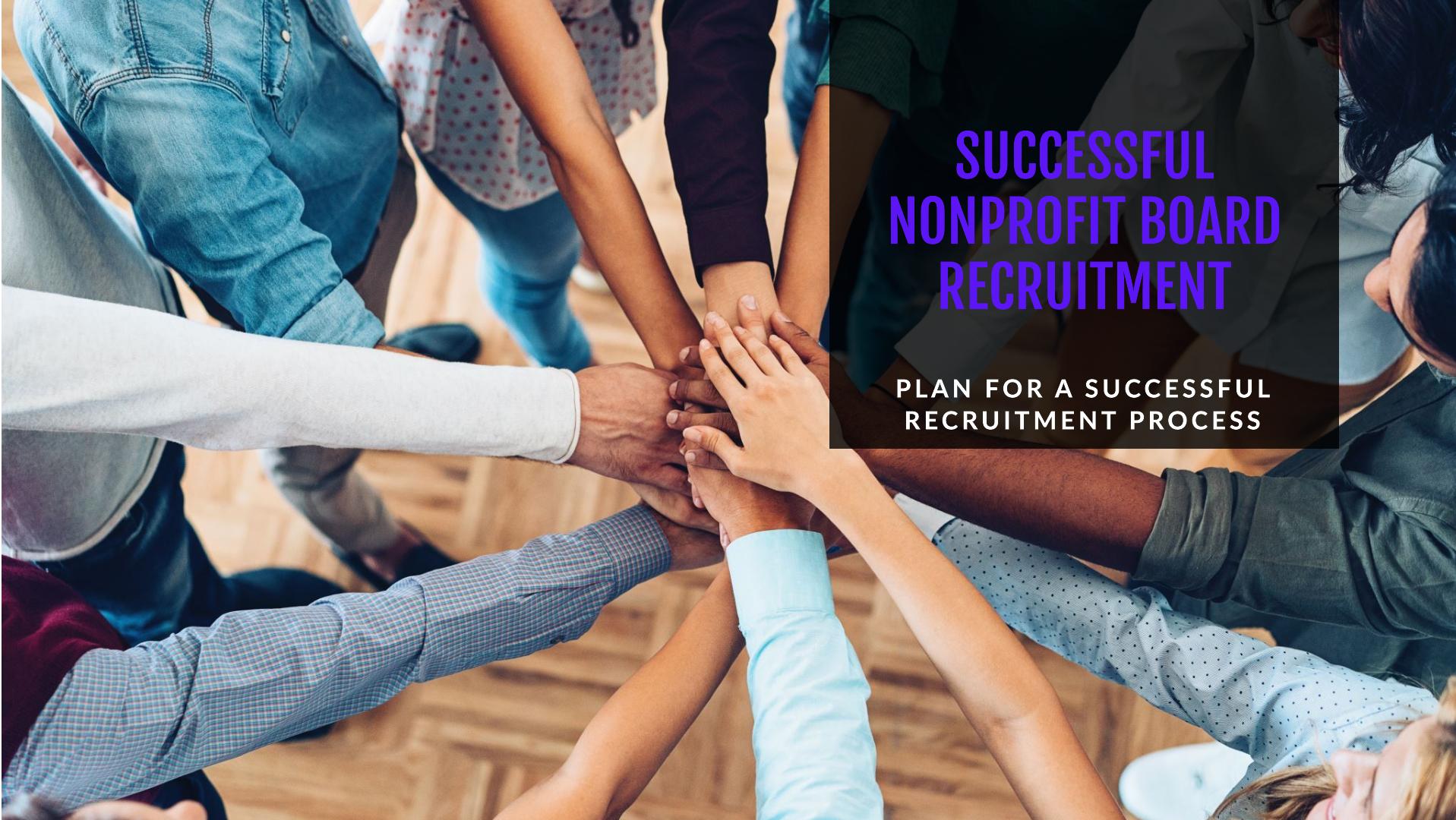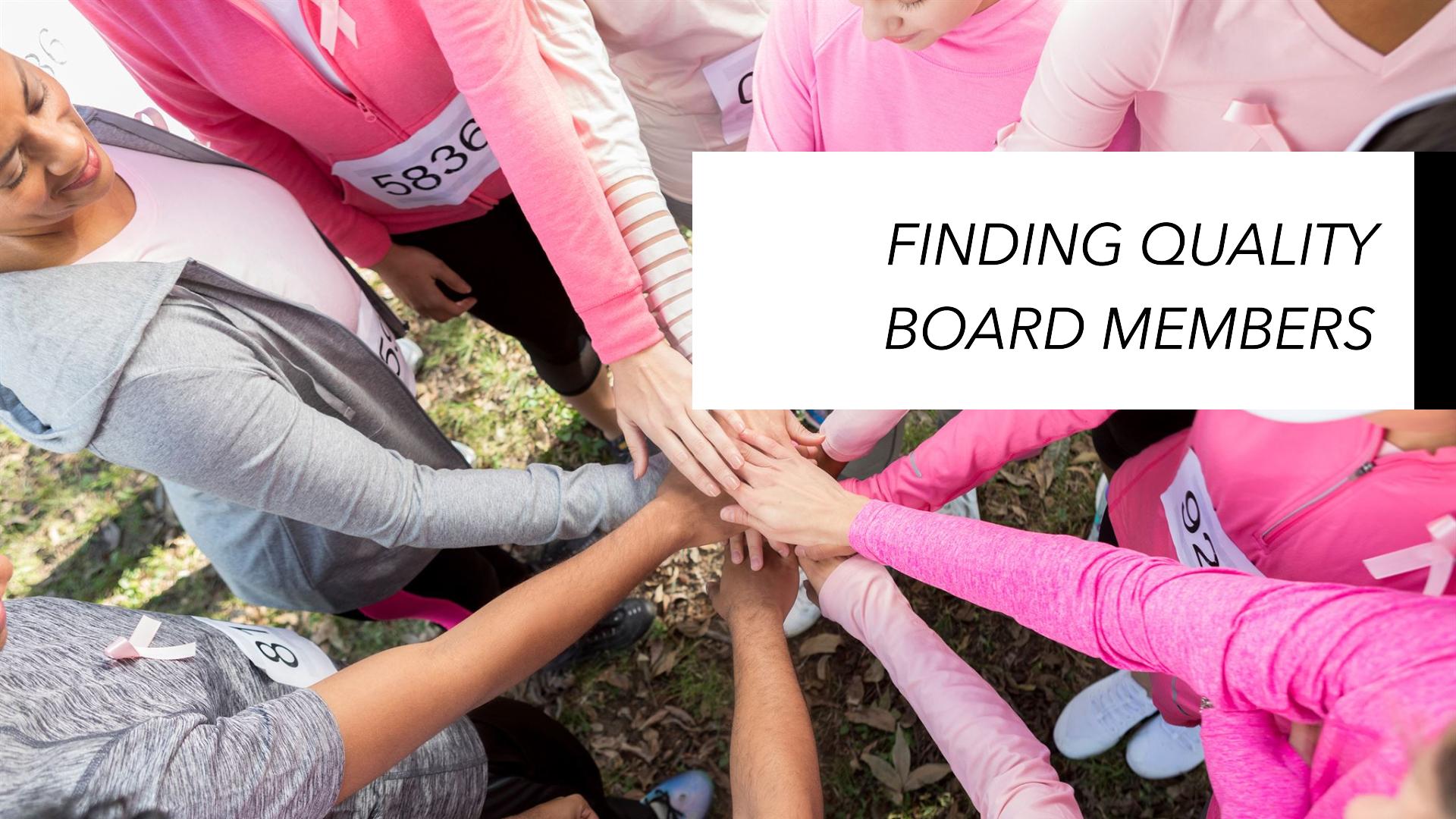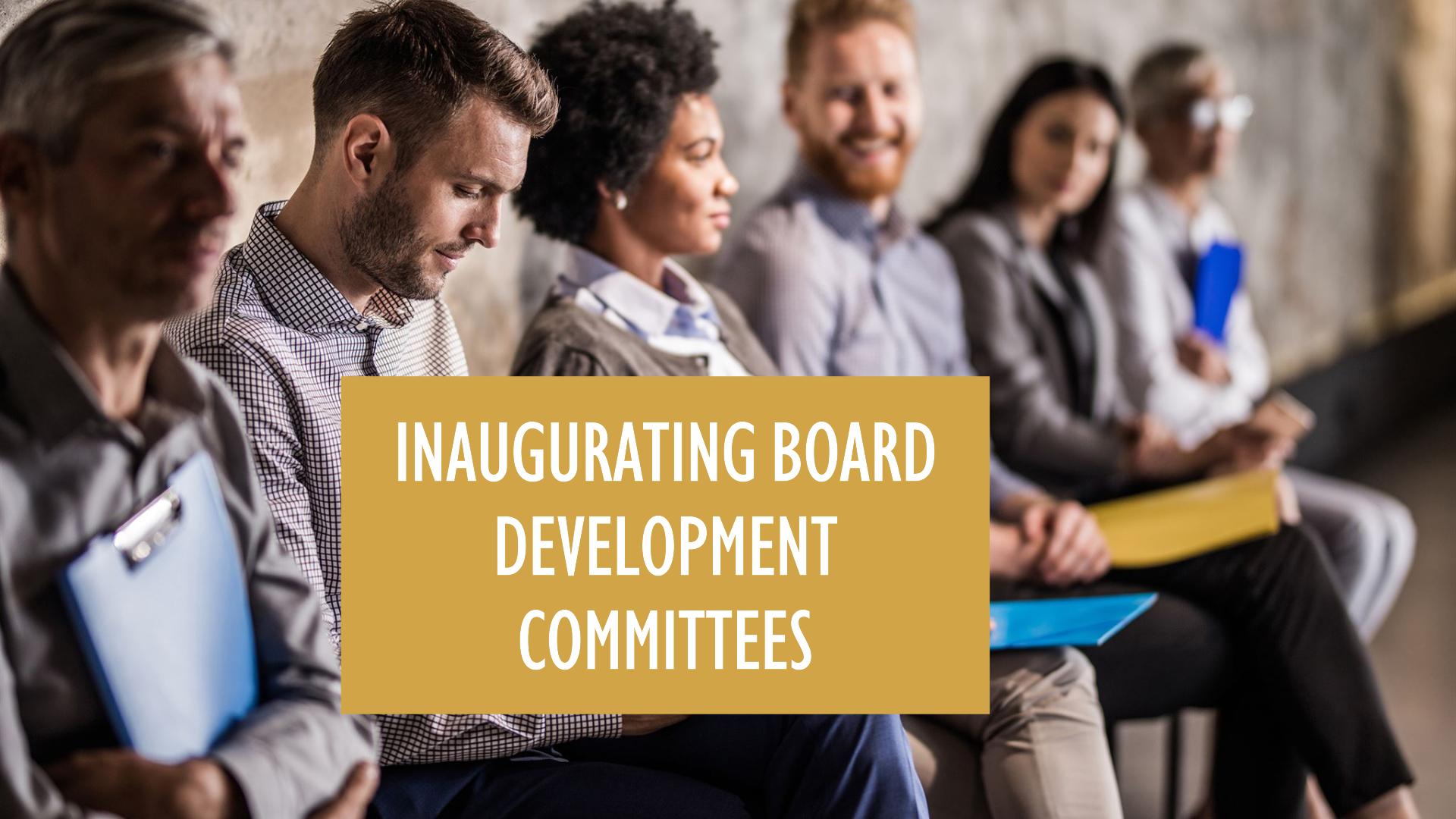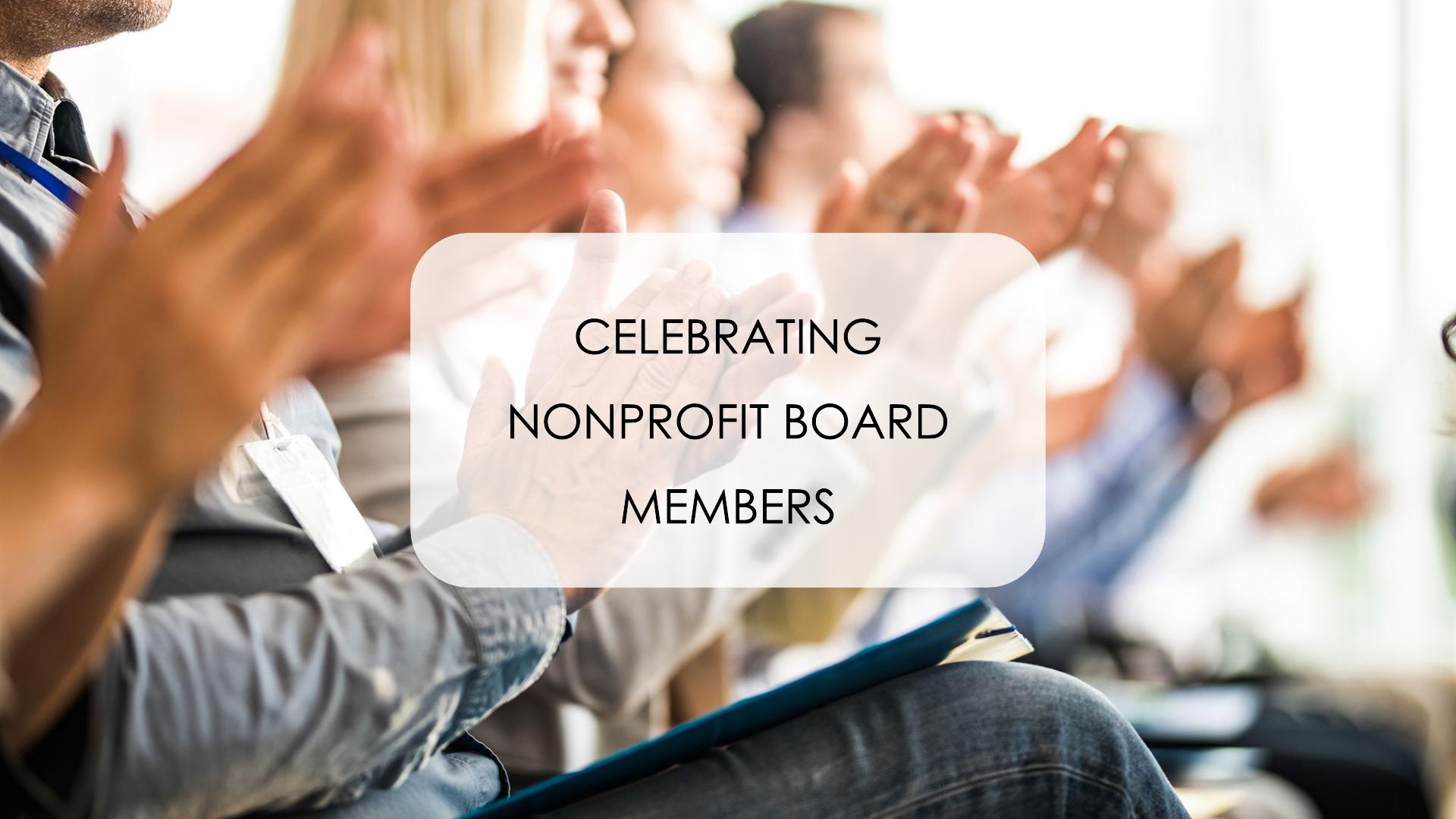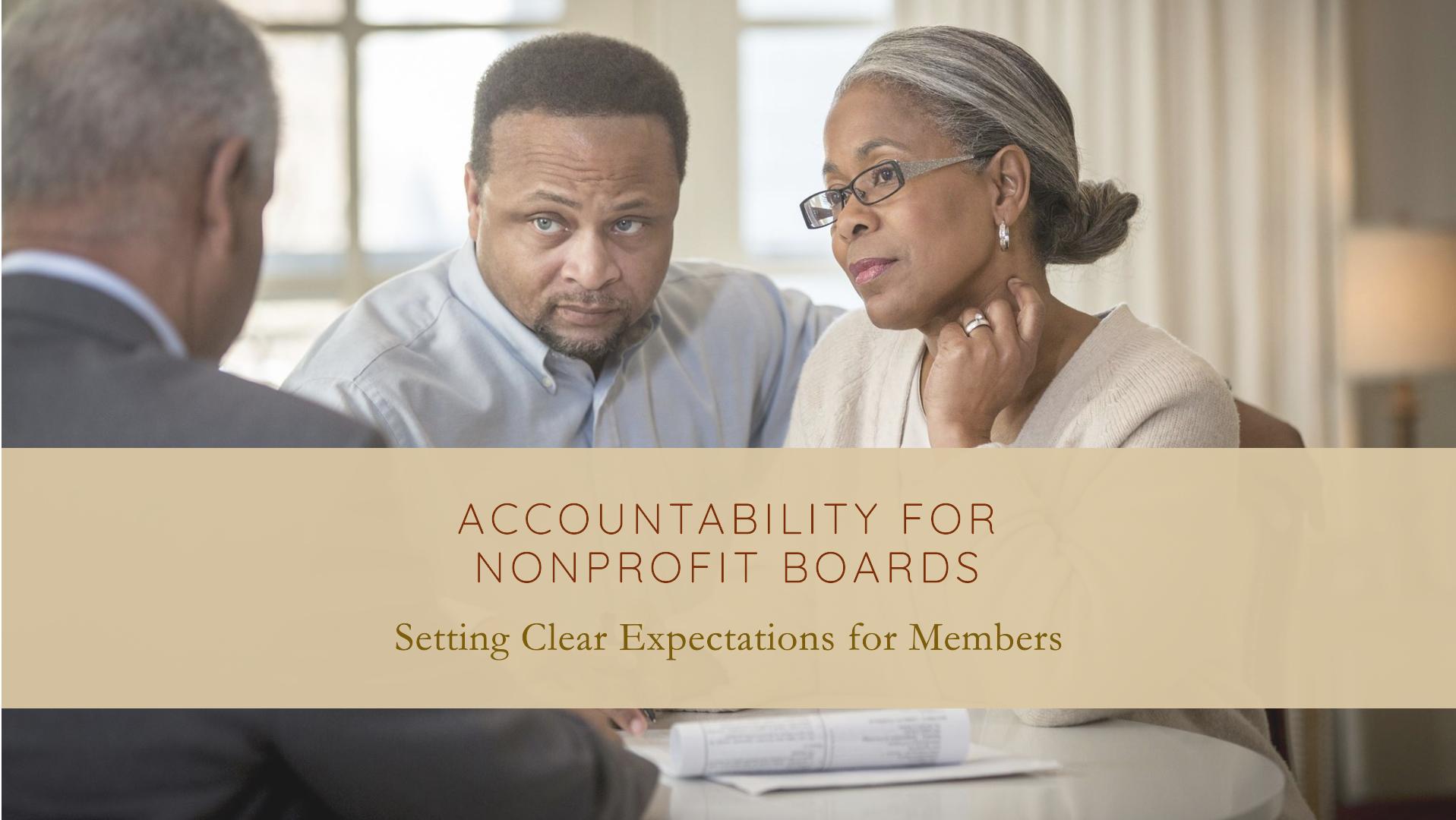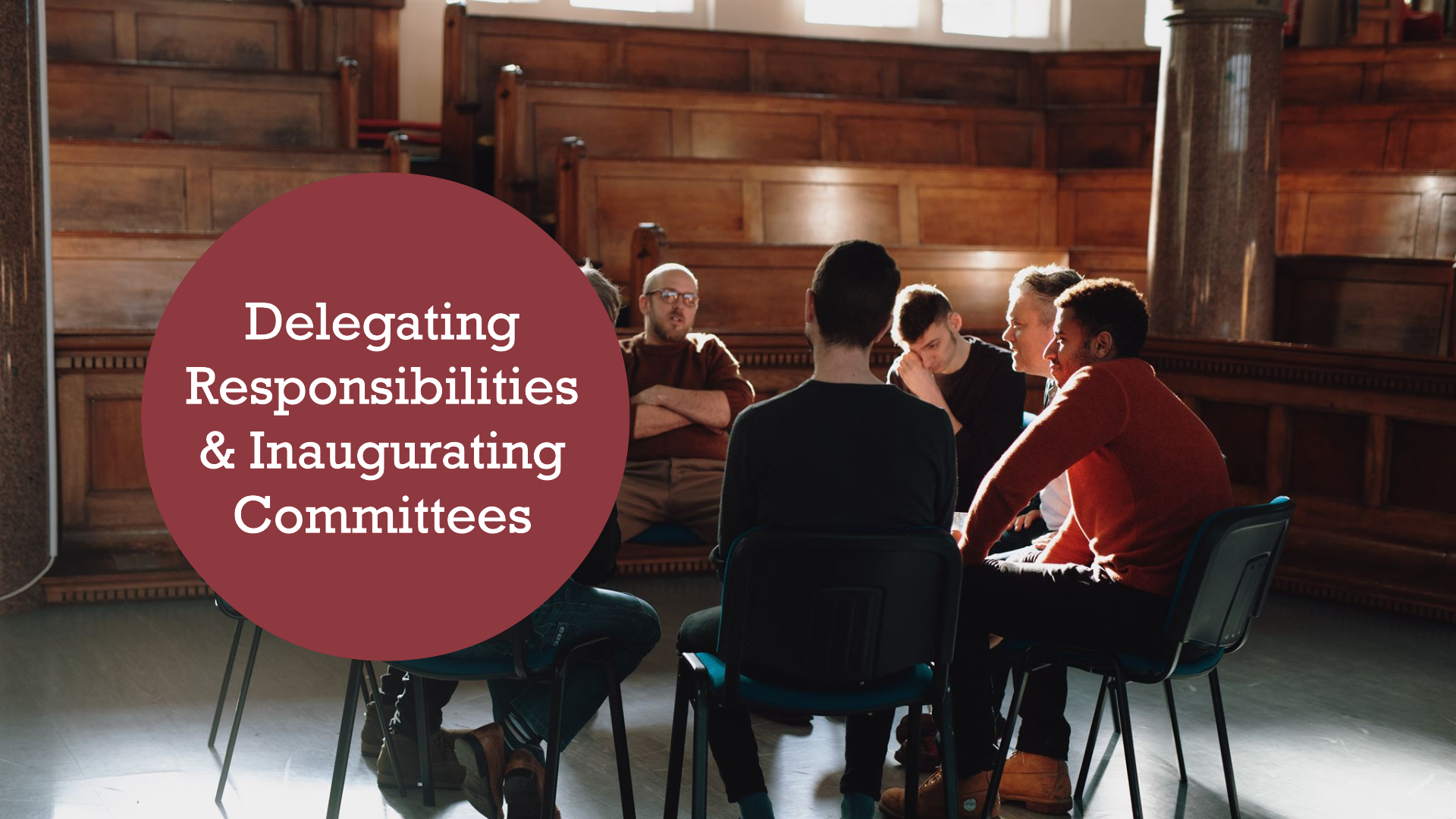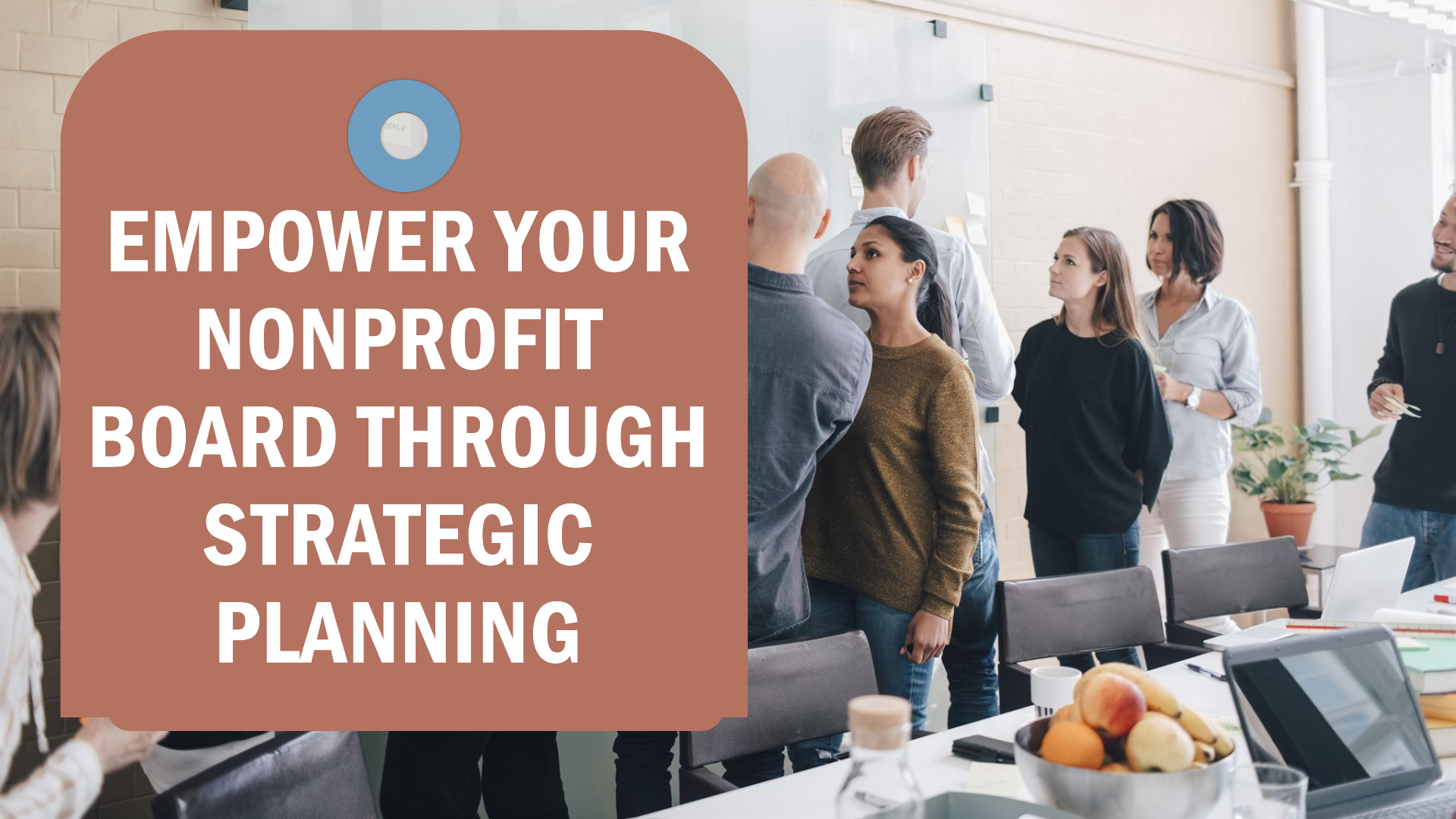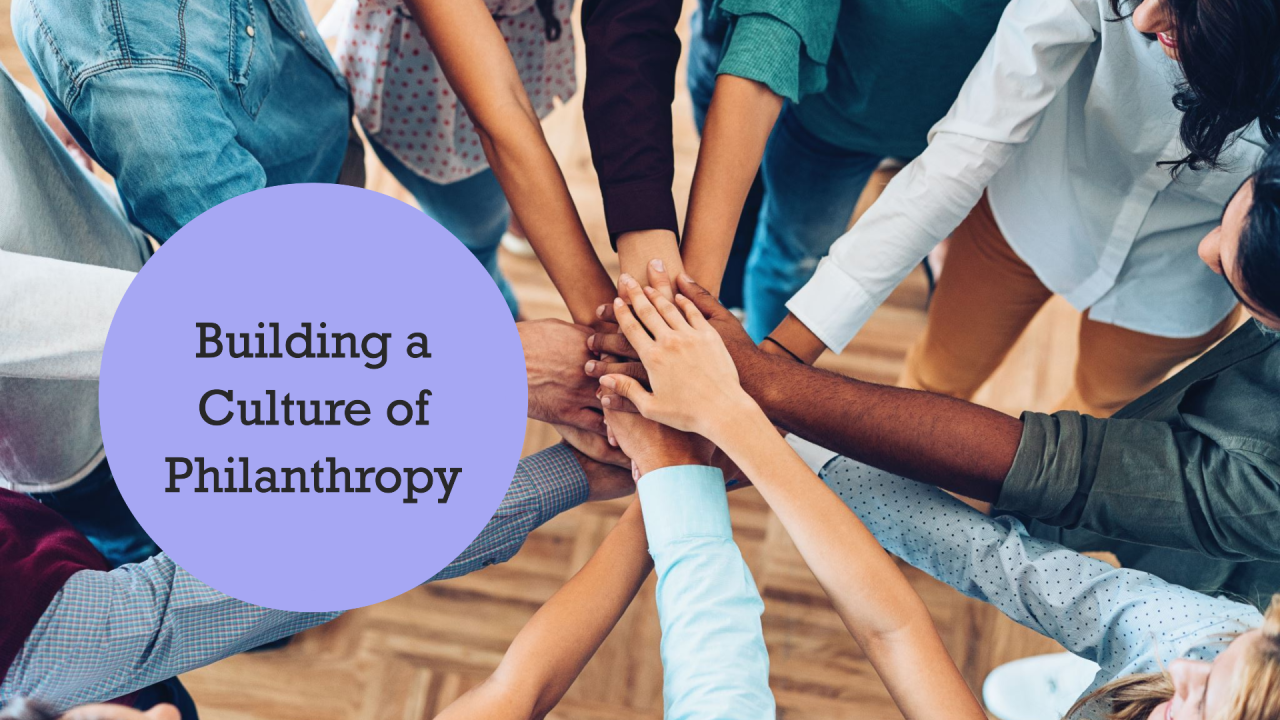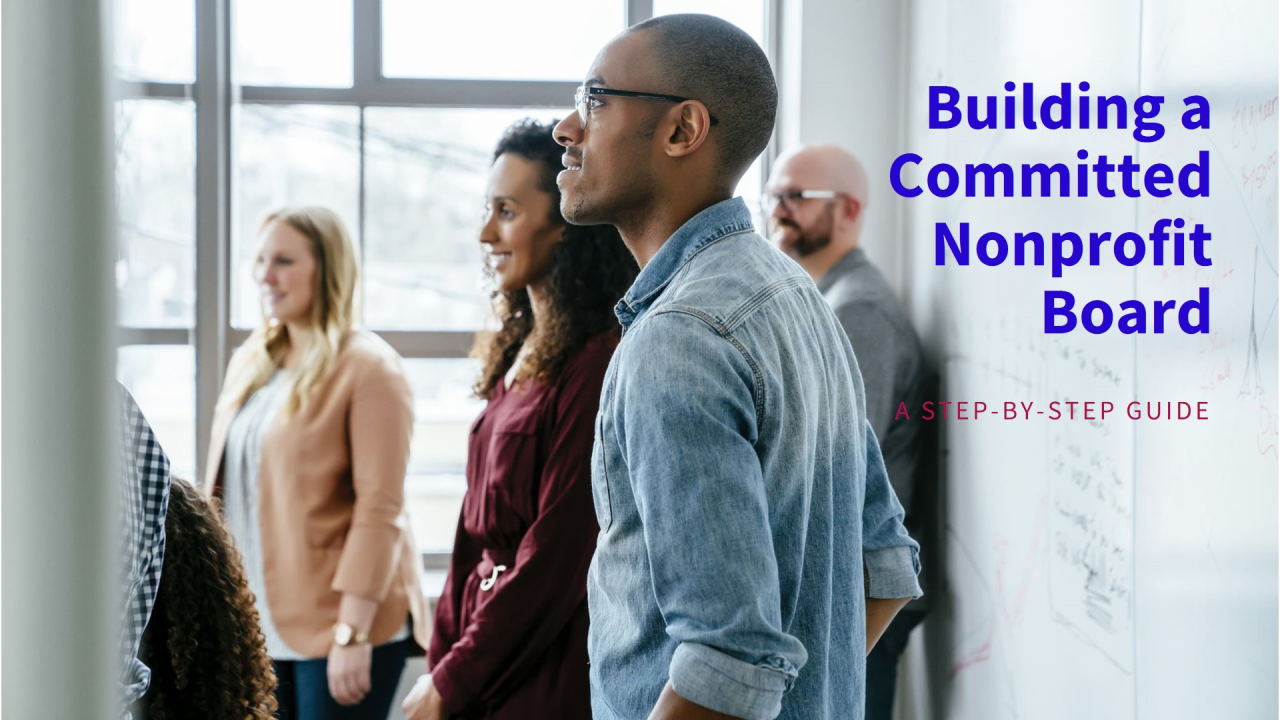Building for the Future & Creating Sustainability
Today, we’re exploring Step Five: Building for the Future and Creating Sustainability, an essential part of creating a culture of philanthropy within your nonprofit. This step involves ensuring your organization’s long-term financial health by implementing strategies that go beyond immediate fundraising needs.
At this stage, your nonprofit must shift from focusing solely on short-term fundraising to creating a sustainable financial foundation that can support your mission for years to come.
Here’s how to build for the future:
1. Develop a Planned Giving Program
Planned giving is a powerful way to ensure long-term support for your nonprofit. It allows donors to leave a lasting legacy by making gifts through their estate plans. These gifts may include:
- Bequests in wills
- Charitable gift annuities
- Life insurance policies or retirement assets
- Trusts or endowments
Planned giving programs create a pipeline of future revenue that can support your nonprofit’s ongoing operations, capital campaigns, or endowment building. These gifts are often the largest contributions a donor will ever make, so it’s important to give them options that allow them to make a meaningful impact over time.
2. Create an Endowment Fund
An endowment fund is a financial asset that provides ongoing support to your nonprofit, allowing you to use the investment income while preserving the principal. By encouraging donors to contribute to your endowment, you can ensure steady revenue streams for years, supporting programs, operations, or specific initiatives.
Endowment funds can provide a financial safety net in times of economic uncertainty, allowing your nonprofit to weather challenges without sacrificing its mission.
3. Engage Your Board in Long-Term Planning
Your board plays a critical role in ensuring the future success of your nonprofit. To build for sustainability, your board should:
- Commit to legacy giving: Engage board members in planned giving discussions, encouraging them to lead by example.
- Review long-term financial goals: Develop a long-term financial strategy that aligns with your nonprofit’s mission, growth plans, and future fundraising efforts.
- Invest in capacity-building: Consider how to strengthen your nonprofit’s infrastructure and resources to ensure you’re well-positioned for the future.
4. Cultivate Long-Term Relationships
Sustainability isn’t just about financial planning—it’s about nurturing relationships with your donors. You can inspire ongoing support by maintaining strong relationships, showing impact over time, and keeping donors engaged. Stewardship, transparency, and regular communication will ensure your donors remain invested in your nonprofit for the long haul.
Step Five is a critical phase in developing a resilient nonprofit. By building planned giving programs, establishing endowments, and engaging your board in long-term planning, you’re laying the foundation for sustainable financial success. This step ensures your nonprofit can continue to thrive and grow, even in uncertain times, making it possible to create lasting change in your community.
Stay tuned for the final step as we complete the process of building a culture of philanthropy!
Sharon Jones is the Lead Consultant of Solutions Matter LLC
